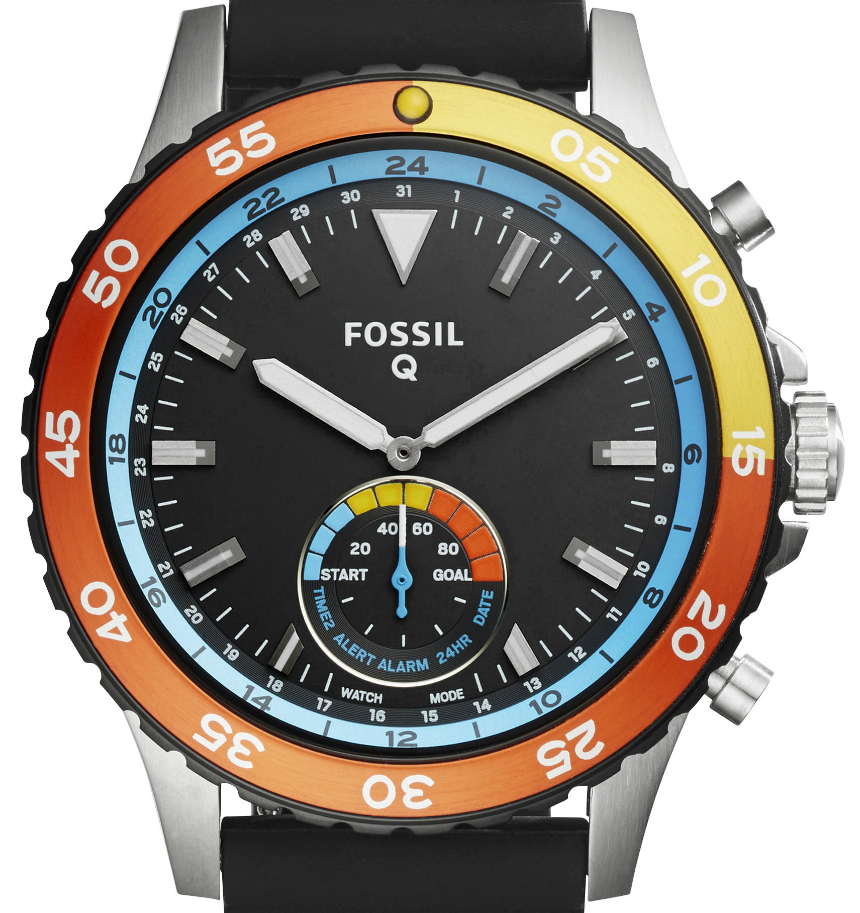
In the face of changing consumer demand in an industry rarely known for flexibility, how does a company effectively face the threat of imminent product irrelevance when staying the course isn’t a wise decision and the future is difficult to predict? This is the problem that companies who make modestly-priced quartz watches face in light of the emerging popularity of the smartwatch. Thoroughly grounded in the marketability of modestly-priced fashionable watches, the Fossil Group faced and continues to face this precise dilemma. The brand has an ambitious, if not studied plan of attack.
The Fossil Group is a watch industry pioneer in multiple ways. Not only did they truly innovate when it comes to wrist watch distribution in department store (and similar shopping) locations around the United States (which allowed for huge volumes of product to be viewed by huge numbers of people), but they also more or less perfected the art of design and producing fashion watches. Their hybrid smartwatches (essentially connected devices with analog hands) have been increasing in popularity with brands Fossil makes watches for, such as Diesel and Michael Kors, providing value, style, and connected capability. Note, in this article we will demonstrate these hybrid watches but also some images of their touchscreen smart watches as Fossil makes quite a bit of these.
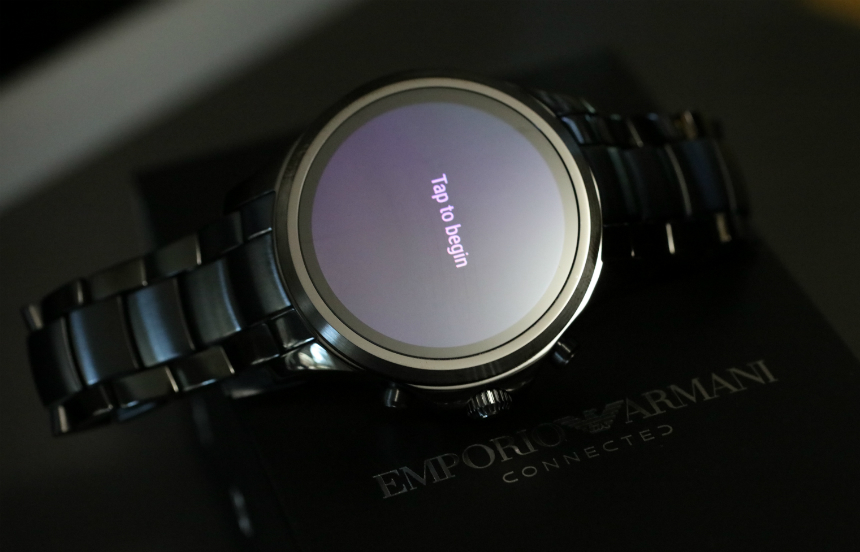
FOSSIL WATCH BACKGROUND & CONTEXT
Fossil was founded by two brothers, Tom and Kosta Kartsotis, in 1984. More recently Tom Kartsotis (who continues to have good relations with Fossil) went on to establish Shinola Detroit (in its modern form) producing watches and other goods (similar in price and theme to Fossil) while Kosta remains the CEO of Fossil. In 1990 the first Fossil watches came out under the brand name Relic – a name which continues to be used on the Relic sub-brand within the Fross.
The entire point of the company was to leverage Asia-based manufacturing while producing retro-style fashion watches for American audiences looking for nostalgic products (think “1954 Americana” according to Fossil). The aesthetic and lifestyle concept of the brand was unambiguously evoked in the “Fossil” and “Relic” names themselves, which (in a satirically self-deprecating manner) implied a focus on the visual appeal of outdated technology. The concept for almost two decades was a hit. More so, one can make the argument that the modern luxury “retro remake watch revival” was originally foreshadowed or at least set into motion by Fossil.
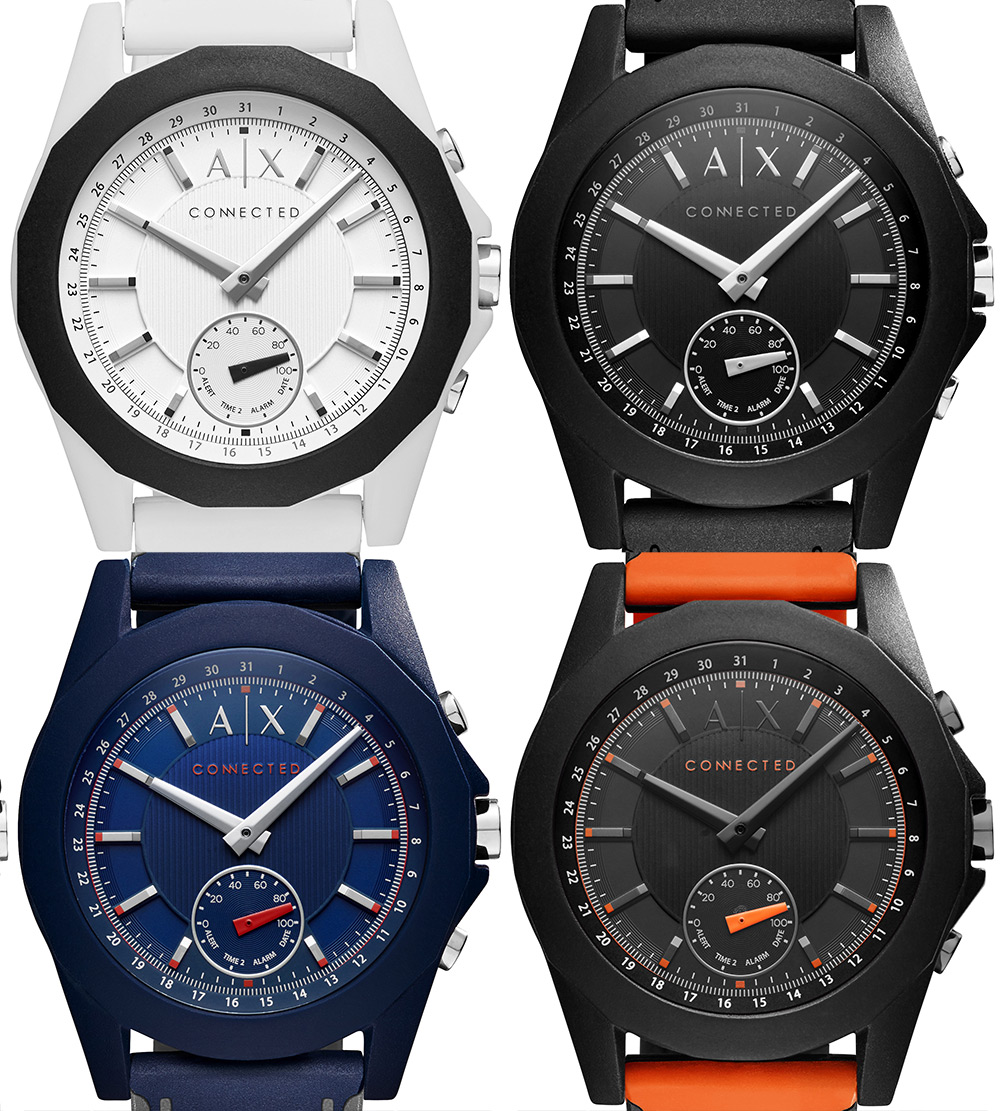
FOSSIL WATCHES: MADE IN AMERICA
Publicly traded and based in Texas, The Fossil Group now earns the majority of its income from producing timepieces for fashion brand license partners – the most popular of which are companies such as Michael Kors, Diesel, and Emporio Armani. The model is simple, Fossil contracts with a third-party fashion company to then design, produce, and distribute (sell) watches under the licensor’s name.
Depending on the relationship, Fossil usually has most of the product design decision making power – and they’ve proven they can handle that responsibility very well. For a good period, in terms of volume, Michael Kors watches were the hottest selling timepieces in America – beating any of the luxury brands. When it came to making money as a modern, non-luxury watch brand, Fossil Group was a giant, and in many instances was even envied by the brands their products strove to visually emulate.
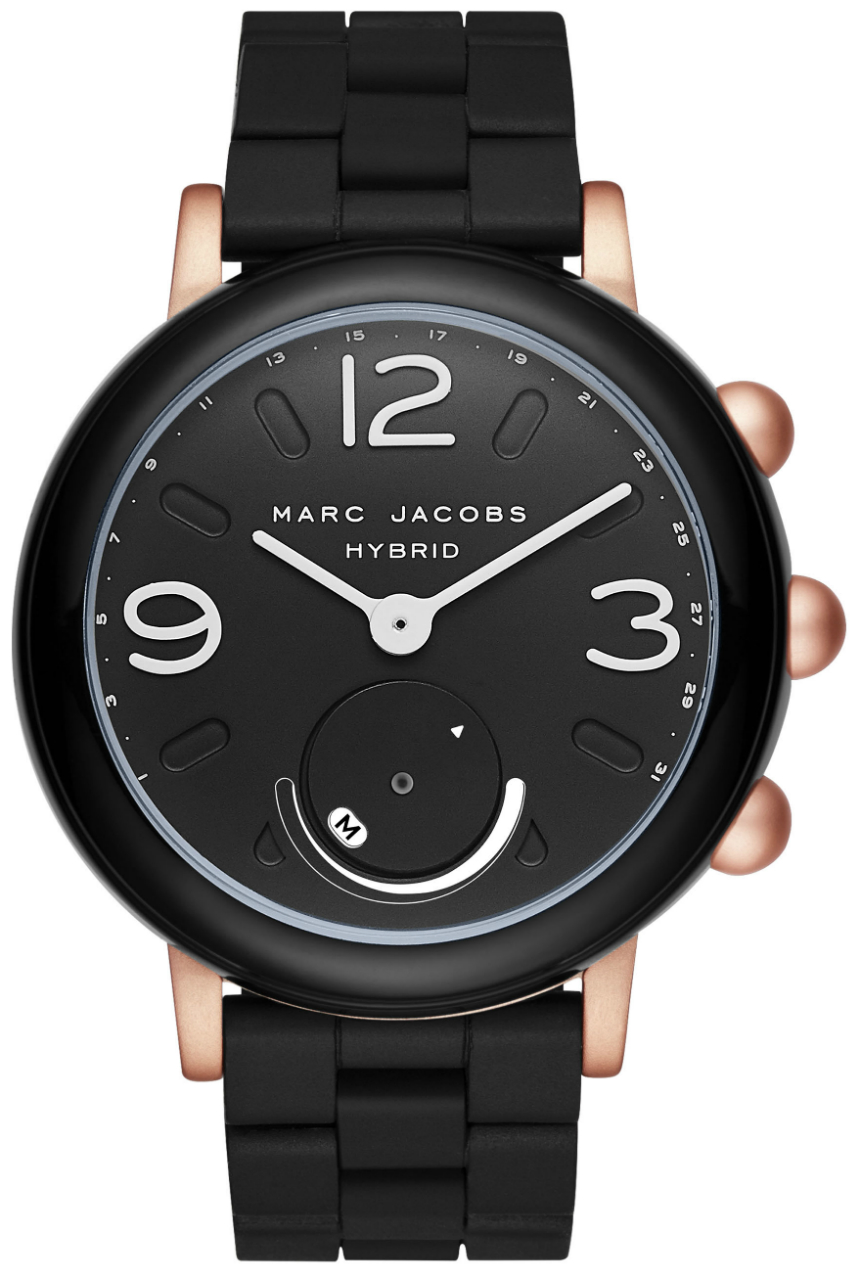
Fossil’s success comes from a few things, including a large degree of vertical integration as well as a highly organized yet pragmatic American style of management. Companies like Rolex and Seiko also boast large amounts of vertical integration – which more or less means they do a lot of the work themselves and don’t need to rely on too many suppliers. Where Fossil beat out all of the competition was in agility and market intelligence. What Fossil has – perhaps more than any other major watch company – is a clear view of its customers’ consumption behavior thanks in large part to their vertical integration from design all the way down to (in many instances) putting a watch on the wrist of a customer.

FOSSIL WATCHES & STP MOVEMENTS
Fossil benefits from having so many capabilities under one roof. In addition to its US operation, Fossil has production and design facilities in various parts of the world, including the design studio Antima in Switzerland, as well as the movement maker STP (also in Switzerland). With that said, the primary Fossil “campus” is in Dallas, which is arguably one of America’s actual watch making hubs. So the question now is what does a well-situated and well-organized company like Fossil do when the market for the products they make is changing underneath their feet?
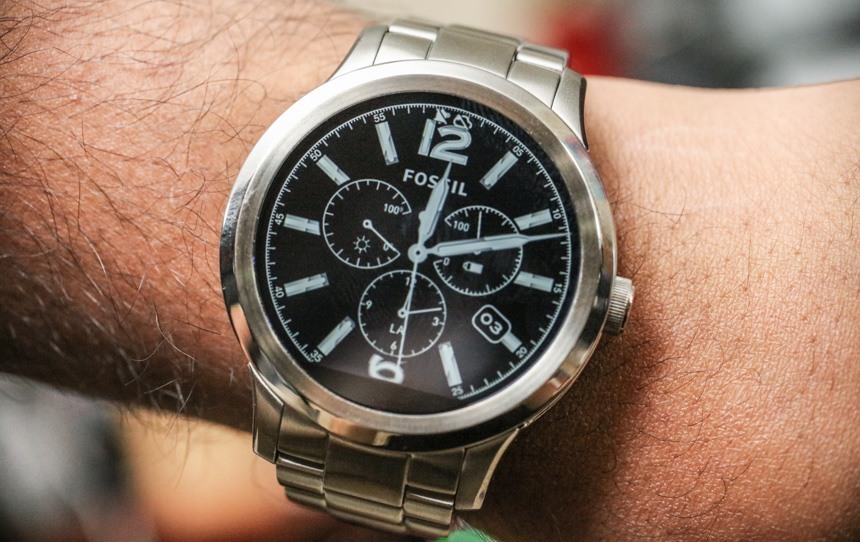
The last few years have seen vast declines in the sales of inexpensive quartz fashion watches that are the bread and butter for the company whose average price point is likely between $100 and $300. While there are $1,000-plus timepieces the group makes, they are rare and mostly incorporated into high-end pieces from Emporio Armani, Fossil, and the entirety of the current Zodiac watch collection. In other words, Fossil needed to make a big change or face a market that suddenly preferred something else in place of a several hundred dollar “un-connected” fashion watch product.
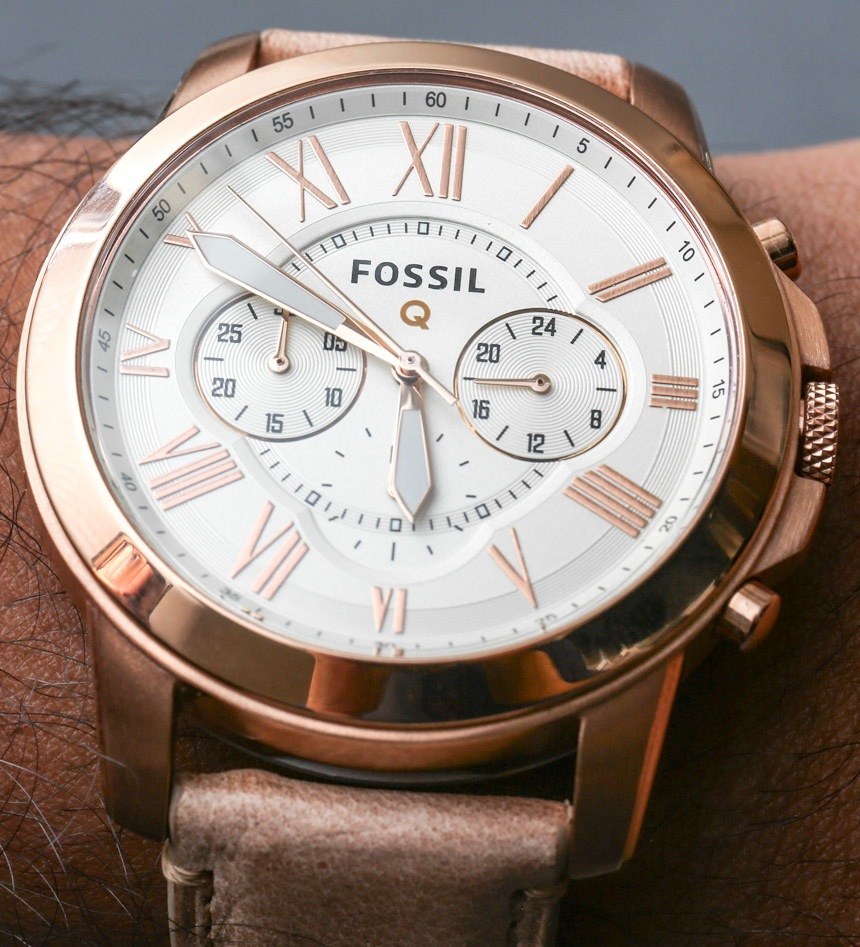
For the most part, Fossil traditionally banked on the fact that large volumes of mainstream consumers wanted watches that fit in with current fashion trends. Their design process is deceptively simple, though very complex in execution. The basic idea is that Fossil designers look at runway collections and other activities of the brands they work with, then look at tried and true watch design principles, and finally seek to create an affordable yet satisfying product that is meant to be both a decent watch and a decent fashion item – all for a price that isn’t luxury, but isn’t bargain basement. As I said, it is a model that has worked wonderfully for them. Then came the smartwatch.
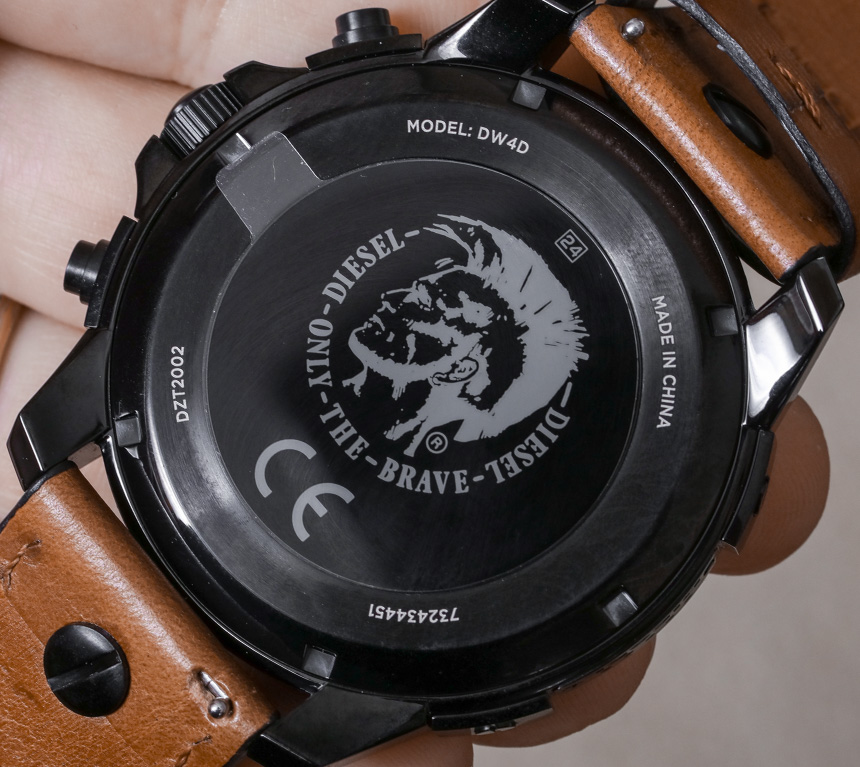
THE FOSSIL SMARTWATCH IN CONTEXT
I will not muse too much in this article on the effect that smartwatches have had on similarly priced (usually up to several hundred dollars) “traditional” watches since it is a larger, more complex conversation that I’ve had before. The short of it is that many consumers who aren’t particularly emotionally attached to their wrist watch are choosing to forgo traditional watches in favor of modern smartwatches that seem to come with the promise of more utility and cultural relevancy.
The full potential of smartwatches might not be apparent to most consumers, but they do appreciate that smartwatches are often priced the same as non-connected watches like the ones that Fossil traditionally sold, and see more value in what they perceive to be a modern (connected) wrist watch experience.
In short, a lot of consumers choose smartwatches because smartwatches cost the same (or less) as many traditional watches, because they are fresh and regularly updated, and because they are perceived to offer a lot more functionality than traditional watches. Consumers are making a very practical choice. It is true that the high-end watch industry has a very different relationship with smartwatches. A $200 – $1,000 watch isn’t exactly a traditional competitor to a $10,000 luxury watch. But for Fossil, the technology industry was completely encroaching on its turf.
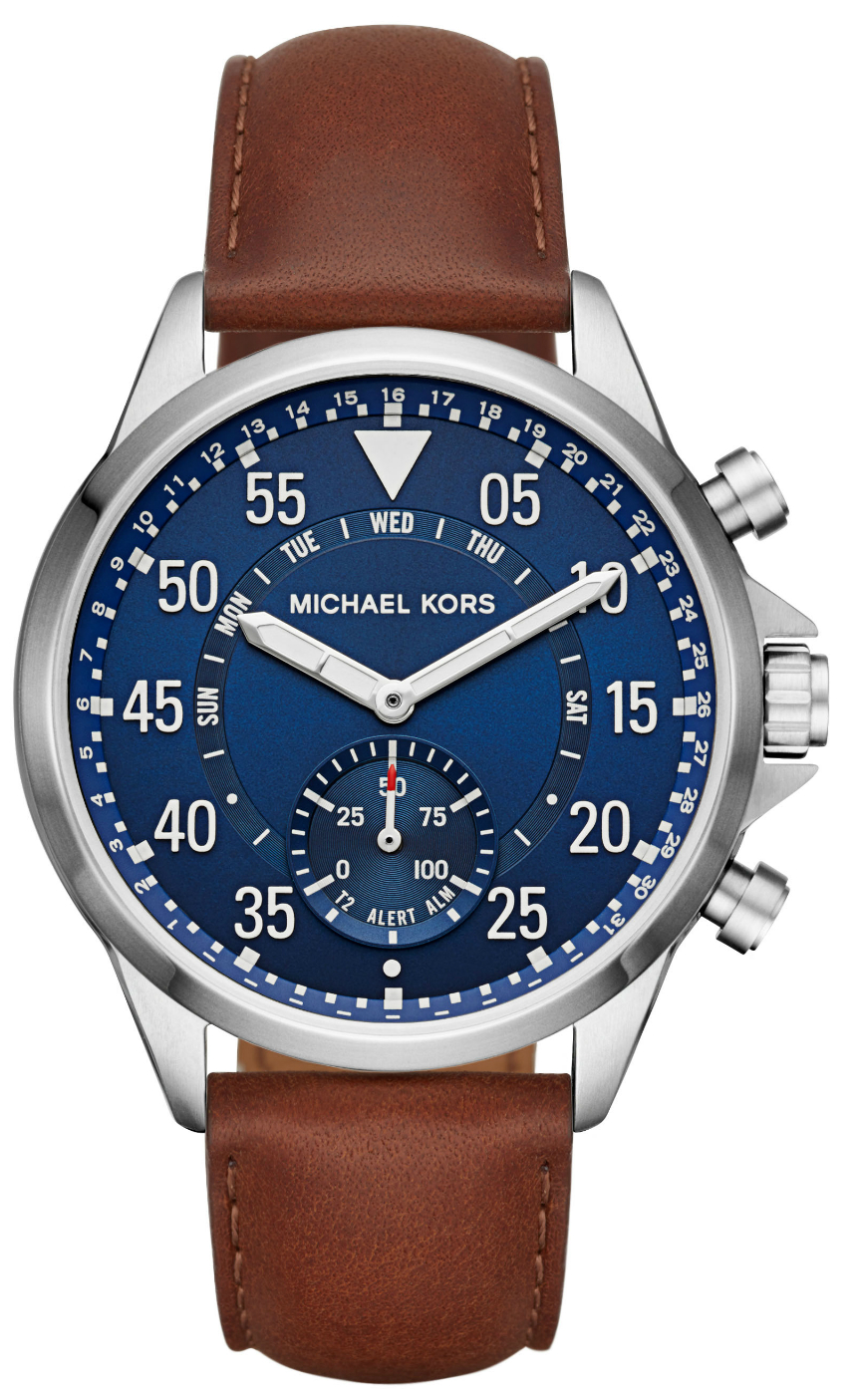
BEFORE THE FOSSIL SMARTWATCH CAME SPOT
Fossil is no stranger to technology products. They actually enthusiastically jumped on the smartwatch bandwagon before it was really a segment. One might even say that Fossil has tried and failed to get into the technology wrist watch game for years. Few people recall Microsoft’s SPOT watch, that Fossil was a partner of. SPOT was an early connected watch that relied on simple information being delivered via radio signals – not connected to phones, and a bit ahead of their time. Most people consider SPOT watches to have been flops.
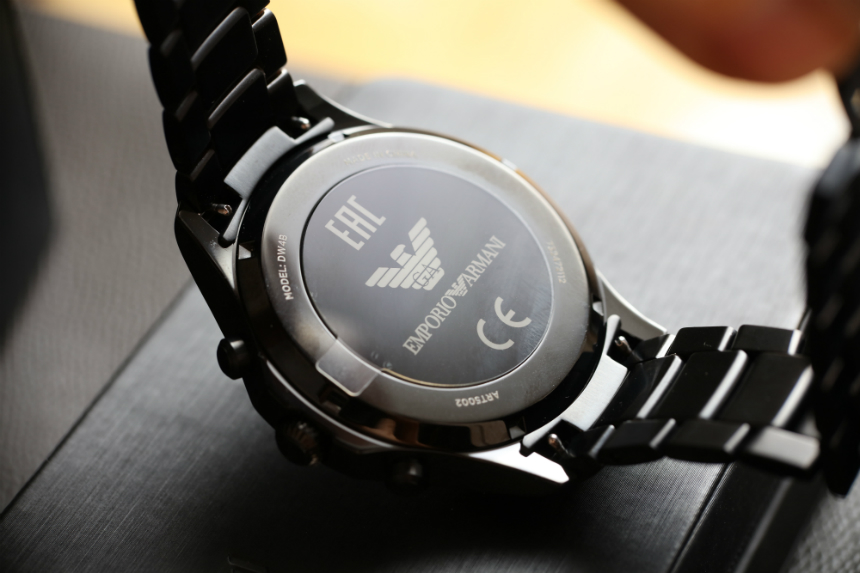
HOW MANY SMARTWATCHES DOES FOSSIL MAKE?
Now more than ever, Fossil is investing heavily into connected watches and what they face now isn’t a product they hope will work for their business, but a product they need to make work for the business. Fossil’s answer to decreasing demand for “traditional” quartz fashion watches is interesting and practical. In short, they are trying to include smartwatch functionality into a large assortment of their product lines. As of this writing, Fossil has more than 300 “smartwatch” product SKUs, across 14 different brands.
Fossil is clearly invested into smartwatches, but what exactly is their strategy? The most important element of the Fossil Group strategy is an understanding of what consumers want. Not only in terms of price, but of look as well. This has been challenging in the smartwatch space because so much of what is produced is new in both design and functionality – the success of which is untested and unpredictable.
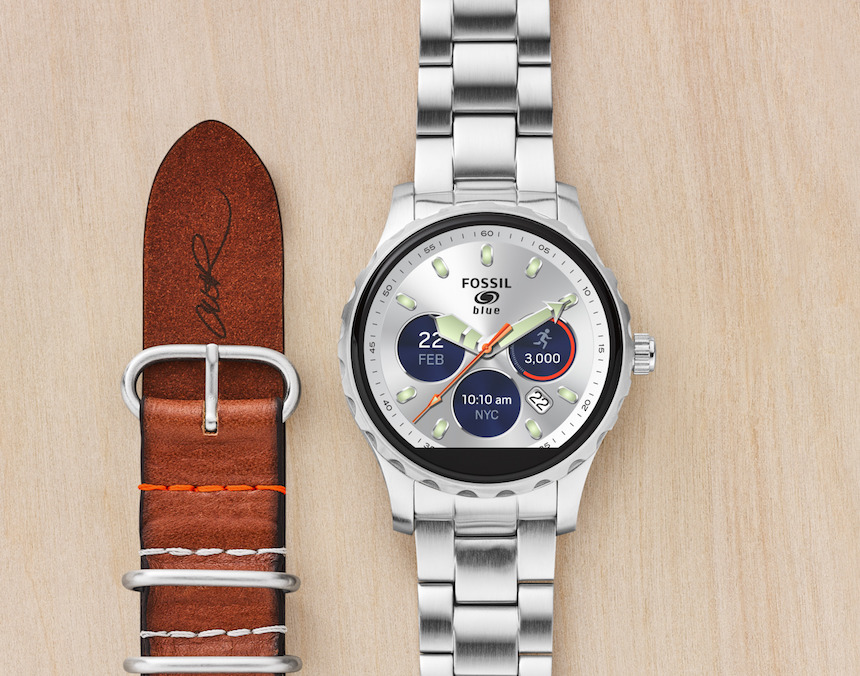
WHEN THE FOSSIL SMARTWATCH EXPANDED INTO FITNESS TRACKING
A few years ago Fossil even purchased the smart activity band maker known as Misfit as part of its larger ambitions to dominate in the world of smartwatches. While no one is trying to dethrone Apple or Samsung, Fossil knows consumers well enough to appreciate that if they can standardize smartwatch functionality and hardware (at least to a degree) they can put that hardware into any number of fashion watches with designs its customers are seeking. Fossil is hoping that the same model it used for making fashion quartz watches, will work for fashion smartwatches. But is the challenge the same?

Fossil produces three types of smart, connected wearable devices. I am going to focus on two, because the third category – activity trackers – can be more easily worn in conjunction with a traditional watch. Fossil produces full touchscreen smartwatches, as well as “hybrid smartwatches” which look like traditional watches, but have Bluetooth connectivity between the timepiece and a phone. This is where Fossil wants to see the most activity – in a product that it hopes will be the consumer’s answer to wanting something smart and good looking.
